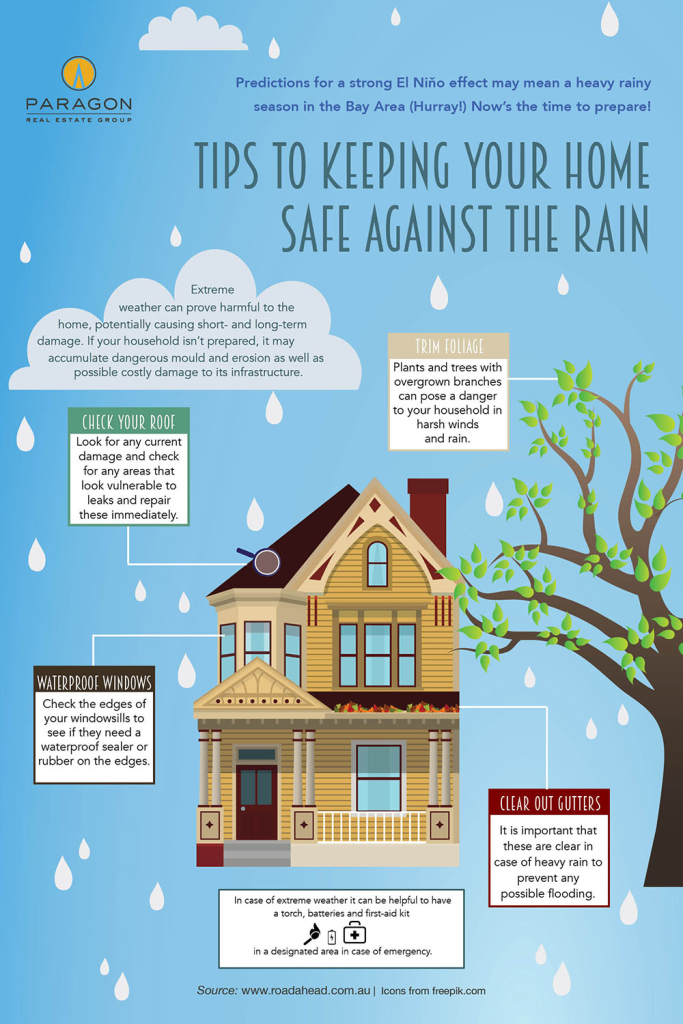Identifying Roofing Damages Early To Avoid Significant Problems
Identifying Roofing Damages Early To Avoid Significant Problems
Blog Article
Web Content Written By-Schneider Davies
To safeguard your home from potential costly fixings, determining roof covering damage very early is crucial. By keeping an eye out for refined indicators like missing out on tiles or water discolorations, you can capture problems before they intensify. However what about those frequently ignored locations that could mean covert troubles hiding above you? Keep tuned to discover essential tips for detecting roofing system damage prior to it rises right into a significant migraine.
Early Warning Signs
Detecting roofing damages early can save you time and money. One key very early indication to look out for is missing or harmed shingles. If you observe any type of tiles that are broken, curling, or entirely missing, it's necessary to address the problem quickly. These damaged roof shingles can leave your roof covering at risk to leaks and further damage.
One more sign to seek is water discolorations on your ceiling or wall surfaces. These discolorations can indicate a leak in your roofing system that requires prompt focus. Disregarding these water discolorations can bring about more considerable and expensive repair services down the line.
In addition, be on the lookout for any kind of indications of drooping or drooping locations on your roof, as this might indicate structural damage that needs to be fixed promptly.
Outside Inspection Tips
Consistently checking the outside of your roof is essential for keeping its integrity and identifying prospective damage early. Start by analyzing the tiles-- search for any type of missing out on, fractured, or curling tiles, as these can be signs of roof damage.
Check the rain gutters for granules from the shingles, as too much granule loss might indicate aging or weathering. Take notice of the blinking around vents, smokeshafts, and skylights, guaranteeing they're snugly sealed and free of cracks.
Look for signs of moss, algae, or mold growth, as these can cause roofing system damage otherwise dealt with quickly. Furthermore, examine the fascia and soffits for any water discolorations or rot, which might signal water damage.
Finally, examine the total problem of your roof from the ground, looking for any kind of sagging areas or recognizable dips. By carrying out these exterior evaluations routinely, you can catch roof covering damages early and stop it from developing into a major trouble.
Interior Warning
When examining your roofing for possible damages, do not neglect the significance of examining the inside of your home. Inside red flags can often be early indicators of roof problems that require attention.
Begin by examining simply click the following post for any water stains or discoloration, as these can signify a leakage in the roofing. An additional crucial area to inspect is the attic room, where indicators of water damages, mold, or mildew might suggest a roof problem.
Pay z gutter filter reviews to any moldy smells or a recognizable increase in moisture levels, as these can also be indications of water intrusion from a damaged roofing system. In addition, sagging areas in the ceiling or walls must be taken seriously, as they could be an outcome of water damages deteriorating the framework.
If you discover any of these indoor warnings, it's crucial to have a professional roofing contractor analyze the situation promptly to avoid more damages and costly fixings.
Final thought
By remaining attentive and consistently checking for very early indication of roofing damages, you can prevent minor issues from developing into significant issues. Watch out for missing or damaged shingles, water stains on ceilings or wall surfaces, and any kind of drooping or drooping locations on the roofing. By attending to these concerns without delay, you can conserve yourself from costly repair work and guarantee your roofing continues to be in good condition for several years ahead. Stay proactive and shield your home from prospective damages.
